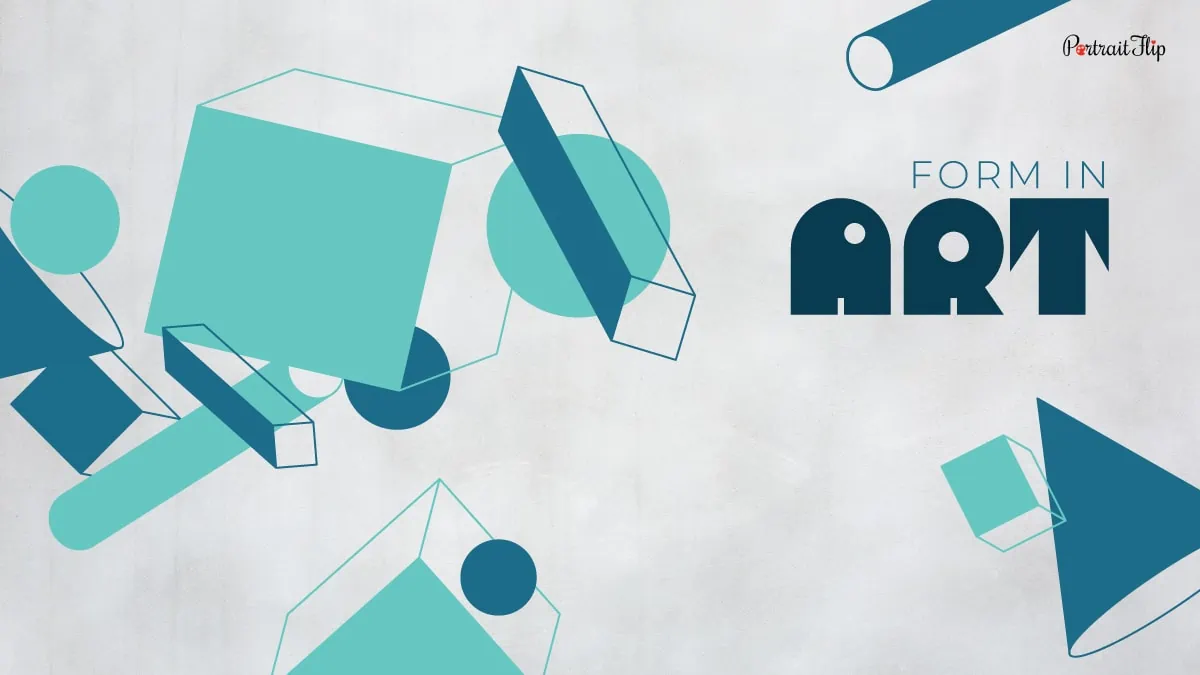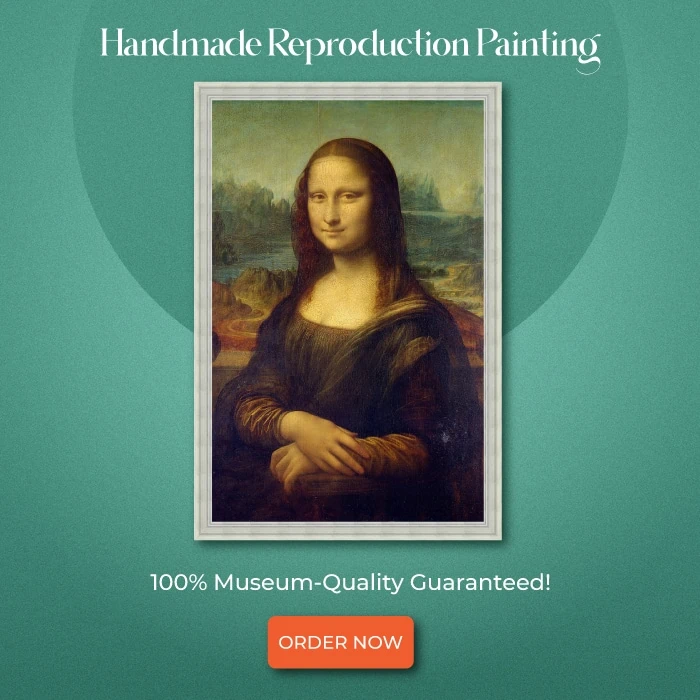What do you think of when you take a look at a sphere or a cube?
Do you think that the same form in 2D can be a square or just a mere circle?
I am pretty sure that you will be surprised to know that if you add depth, volume and width to any shape, it turns into a form.
And that is how I would describe the concept of form in art.
It is not a complex concept if you try to understand it in depth.
We will be studying more about form in art, given the fact that form is also used to describe the physical nature of artworks, sculptures, etc.
I will be assisting you in this artistic journey where we will decode this special element of art.
Also Read: Rhythm in Art
Table of contents
Define Form in Art
The spectrum of the elements of art is broad, but when you narrow it down to the core, there are seven elements that act as the building blocks.
Form in art has the capability of either bringing in a new concept or re-shaping the existing art form.
Fun fact, form in art is not only limited to paintings or two-dimensional surfaces; it surfaces around different forms of media as well.
So, time for the biggest question that must’ve arisen in your mind: “What is it that form in art does?”
To answer that, let me tell you that form in art adds depth, a meaning and makes the artwork more visually appealing.
Moreover, as mentioned above, the term form in art is not only limited to the canvas but also goes way beyond!
Suggested Read: Movement in Art
The Element Of Art: Form
When we talk about form in art, we cannot overlook the concepts of space, depth, light, and the illusion of space.
This comes out to be a contrast to all the elements of the art.
Now here is the thing that when shapes receive depth in their perspective, that is when they change into forms.
Form in art varies and acts in different ways on both larger and smaller scales.
When I say that form in art begins on a smaller scale, I mean that even if you draw something on a canvas or a shape is being set on a sheet of paper, it eventually falls under an example of form.
And on the other hand, on a larger scale, form in art is generally described as a physical aspect, as in radiant sculptures, graphic art, huge paintings and whatnot!
It can also be directed towards the medium of art, i.e, watercolor, oil painting, charcoal, etc.
Also Read: Types of Paintings Styles and Techniques
Shapes vs. Form In Art
It will be quite rude if I talk about form in art but skip the importance of shapes.
Now, you might be wondering where and how I ended up with the concept of shapes.
Well, for your information: form and shape in art share an important relationship in the creation of an artwork.
It is well said that a shape can become a form when other art elements equally align with it.
And on a basic note, a shape is two dimensional, whereas a form is three dimensional.
A shape appears to be flat and can only be measured by its height and length, whereas a form can be measured by its width, height and length.
To perfectly define the correlation of shape and form, let me give you an example:
If you draw a square on a sheet of paper, then it will be called a shape.
The moment you apply effects like shadows, colors, toning, etc., it will turn into a cube and, thus, a form.
Also Read: Texture in Art
The Two Kinds Of Forms
Now that we have understood what form in art actually is, it is time to understand and learn about the two major kinds of form in art.
It is easier to say that form can be fluid, as in they can have their own existence in the art world and can be related to any element of art.
Well, it is somewhere true, but narrowing the concept of form down, we are left with two types of forms in art: geometric and organic.
Let us briefly discuss what they are about and what it is that they denote:
Geometric
Geometric art is one of the types of forms in art.
It is based on mathematical and practical shapes like circles, squares, etc.
As it is said, since ancient times, geometry has played an important and huge role in the development of forms.
The creation of regular patterns during ancient times can be seen in the creation of pyramids and tombs as well.
So, as far as the concept of geometric forms goes back in time, it also helps humans inculcate the concepts in the present days art as well.
Suggested Read: Unity in Art
Organic
On the other hand, when it comes to organic forms in art, they are claimed to be more naturally appealing, such as clouds, trees, caves, etc.
They tend to be more on the irregular side when it comes to following a specific shape.
You can observe the organic essence of form in art in abstract creations or natural compositions.
Prime examples of organic form in art are mountains, caves, waterfalls, clouds, etc.
Also Read: Proportion in Art
Examples of Form in Art
Now that we have learned a lot about what form in art is and how we can bifurcate between shapes and forms, let me give you some examples of the same.
You can see that in variety of media like paintings, sculptures, photography, etc.
If we talk about painting, then a painting may contain curved lines, highlights, shadows, effects of shading, etc.
This finally leads to the introduction of human figures and shapes as forms in art.
The appearance of the artworks that have used the concept of forms can easily be detected with bare eyes and can easily be distinguished from the two-dimensional artworks.
Also Read: Art Deco Artists
Fin
Art is like an ocean in which you can spot many elements at once. But if you focus on each element, you will come across their importance.
With this being said, this was all about the concept of form in art.
This is indeed a vast concept to get a hold of, but when you think about it from a larger perspective, you can realize that it is more about the concept of inclusion.
Where aspects of art like shadows, depth, and width get added on to a two-dimensional shape to create an uplifted form that is three dimensional.
I am pretty sure you’ve come across a lot of art examples like that, and if you have any specific paintings that can decorate your space, then wait no more.
You can directly send us a photo of your choice; we can add effects and alter it as per your needs or, as I should say, we can customize it to present it in a new form.
To know more about how you can get a handmade portrait for yourself:
Author’s Epilogue
This was all about form in art.
We try our best to provide you with the most refined and researched information, so if you find this blog helpful, then do leave your valuable feedback in the comments.
Also, we are active on social media platforms and post fun content there; say hi to us on Instagram or Pinterest.
We are actively posting on YouTube, so don’t forget to subscribe <3
See you soon; till then, stay hydrated!
Bye bye!
FAQs
Some of the prominent examples of form in art are when a circle becomes a sphere, a square becomes a cube, a triangle becomes a cone, etc.
Form in art is when depth, volume, and width are added to shapes and they become visually uplifted, and more volume is added to the same.
Form in art is important because it highlights the fact that a two dimensional surface can be enclosed with the other elements of art to create a three dimensional structure.
The two types of forms in art are geometric and organic.





